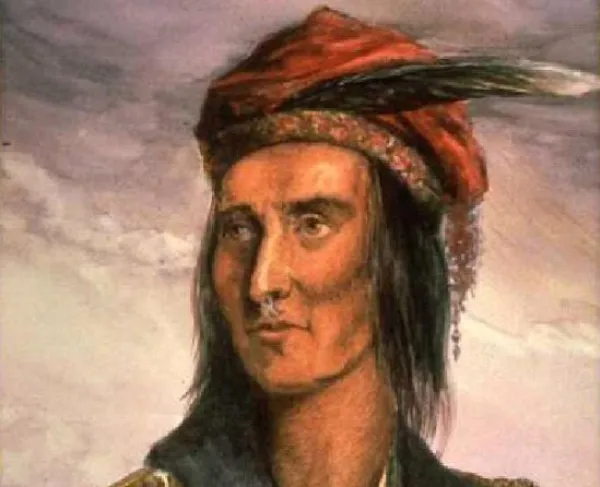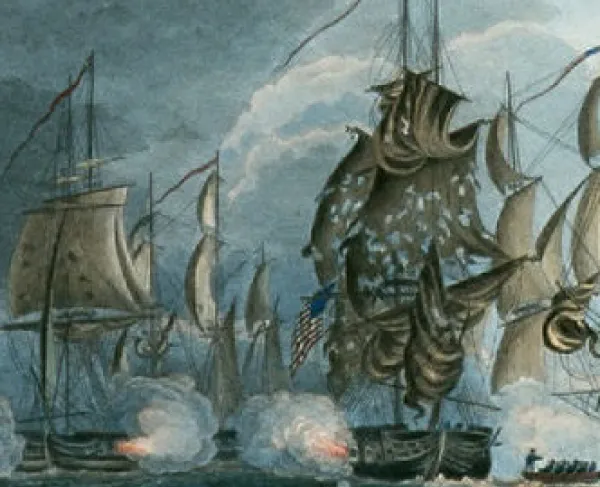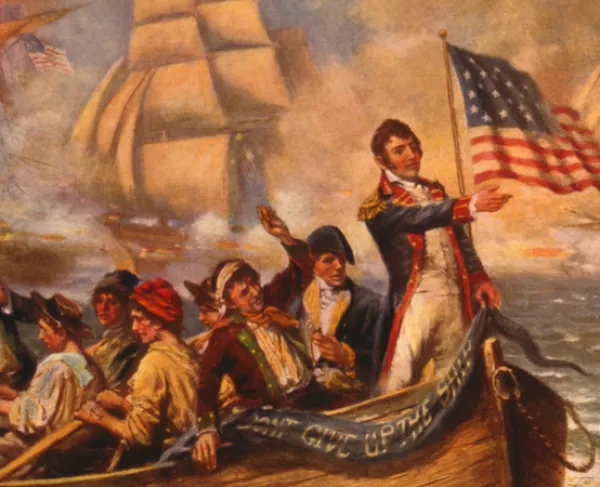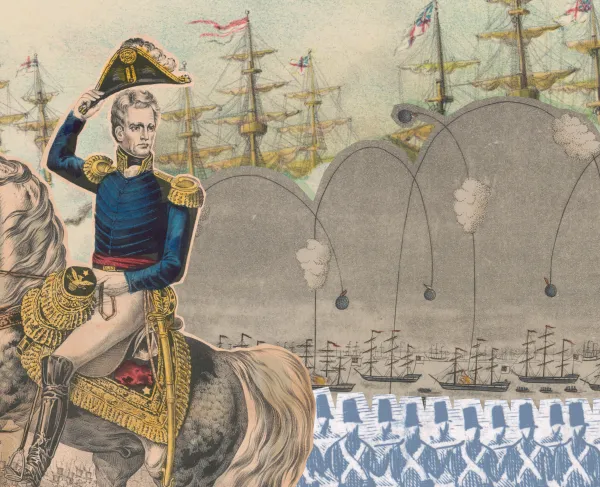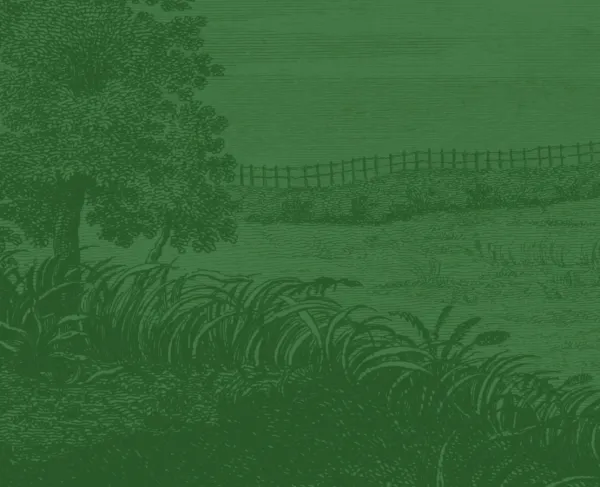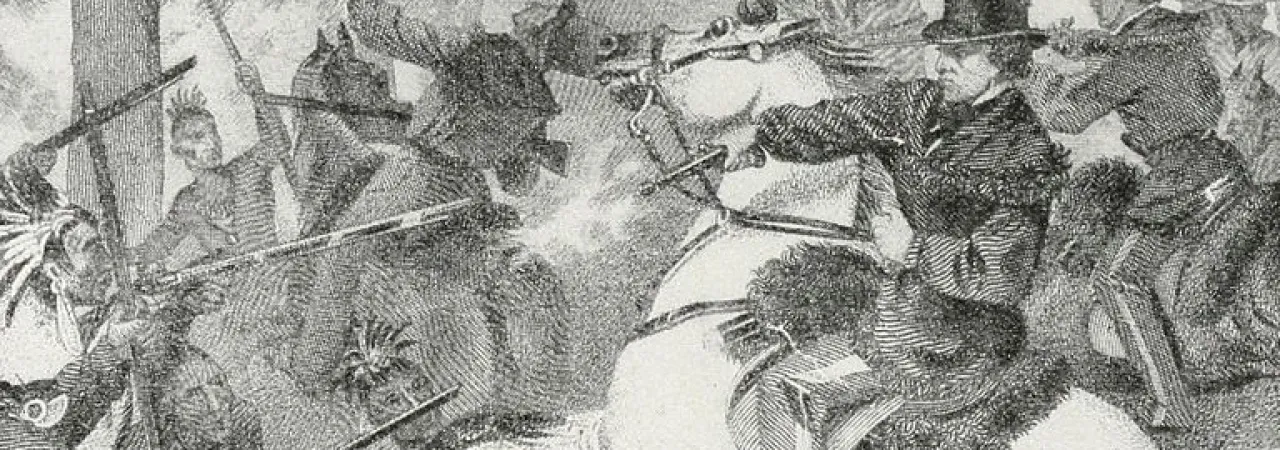
Battle of the Thames
Battle of Moraviantown
Ontario | Oct 5, 1813
On October 5, 1813, American forces under the command of William H. Harrison defeated British forces and their allies in the Battle of the Thames, resulting in the death of the famed Native American leader Tecumseh and the end of his Confederacy.
How It Ended
American Victory. After attacking the British line and forcing a general rout, Harrison’s soldiers moved towards the last pocket of resistance led by Native American leader Tecumseh. After some initial brutal fighting ensued, Tecumseh was killed and what remained of his Native American army retreated, ending the battle.
In Context
During the fall of 1813, American forces in the Western frontier began an offensive to reclaim the lost territory in the Great Lakes and Detroit front. After gaining a victory in the Battle of Lake Erie in September of that same year, American forces under the command of William H. Harrison were free to move on to British-held Fort Detroit. After capturing the fort, Harrison then pursued the fleeing British army into Canada in hopes of trying to destroy them completely.
Master Commandant Oliver Perry secured naval supremacy for American forces after the Battle of Lake Erie. The British, faced with the lack of naval support, abandoned Fort Detroit and retreated into Canada. This withdrawal allowed William Henry Harrison, the future ninth President of the United States, to recapture Fort Detroit and pursue the fleeing British. By September 18, 1813, the British had already evacuated Detroit and began their march back across Upper Canada.
However, this British retreat was not organized with Tecumseh’s approval. The British army, led by Henry Proctor, hastily gathered his forces and intended to leave their Native American allies to their own devices against the approaching American forces. Tecumseh saw this withdrawal as cowardice and betrayal, as his Native American confederacy was not strong enough to fight against the oncoming Americans. Furthermore, Fort Detroit was considered the last line of defense to Tecumseh. As such, Tecumseh pleaded with British General Proctor to stay, but to no avail. The British withdrawal from Michigan Territory brought the remaining Native Americans loyal to Tecumseh out of America and into Canada as they followed their supposed British allies.
However, the British army under the command of Proctor did not fare better. The retreat was poorly organized, and much equipment was left behind for the Americans to capture. British soldiers received only half of their food rations which decreased the overall morale of the British soldiers. This loss of confidence only angered Tecumseh and his Native American allies who hoped to stand and fight. Eventually, the battered army halted near the Thames River and made camp.
3,760
1,400
The fighting began early on October 5th, while the British soldiers were making breakfast. The harried British soldiers formed quickly and General Harrison ordered his mounted rifles to charge, breaking the British line. This rout inspired other tired and weak units to flee or surrender. British General Proctor and approximately 250 of his men fled the battlefield while the rest surrendered.
Nevertheless, the battle continued as the British withdrawal left Tecumseh and his warriors alone to face the Americans. After seeing the British retreat, Tecumseh joined his warriors in a swamp on the flank of the American forces to make a final stand against General Harrison’s army. American cavalry charged Tecumseh’s position to contain the Native American threat while the rest of the army dealt with the surrendering British and elements of the British army still fighting. But the cavalry charge was halted by a volley of musket fire along with the muddy swamp that bogged down the horses. After that, however, elements of the main American force began to enter the swamp as Tecumseh’s warriors reloaded. The fighting inside the swamp area was close and bloody as increasing numbers of American reinforcements entered the swamp and converged on the enemy.
84
665
During the fighting, Tecumseh was killed, and his Native American fighters fled once word of his death spread. With his death, his Confederacy, built up of numerous Native American tribes, collapsed.
After the defeat in the Battle of Lake Erie, British forces at Fort Detroit and in the area were left with thin supply lines and lacked proper naval support. With no help or aid coming to him, Proctor decided to retreat into Upper Canada.
Before the start of the War of 1812, famed Native American leader Tecumseh worked tirelessly to try and unite the Native American tribes, specifically in the Ohio Territory, to form a confederacy. This confederacy posed a severe threat to western expansion. However, with his death in the Battle of the Thames, many tribes who followed his leadership peeled away.
Battle of the Thames: Featured Resources
Related Battles
3,760
1,400
84
665

